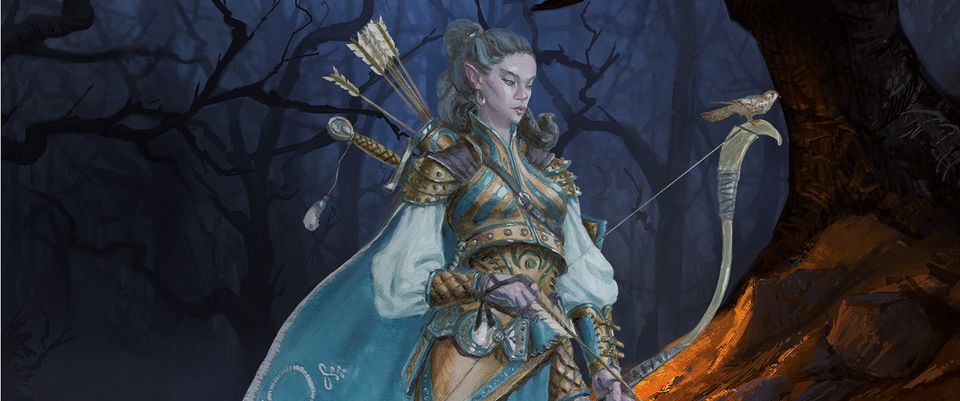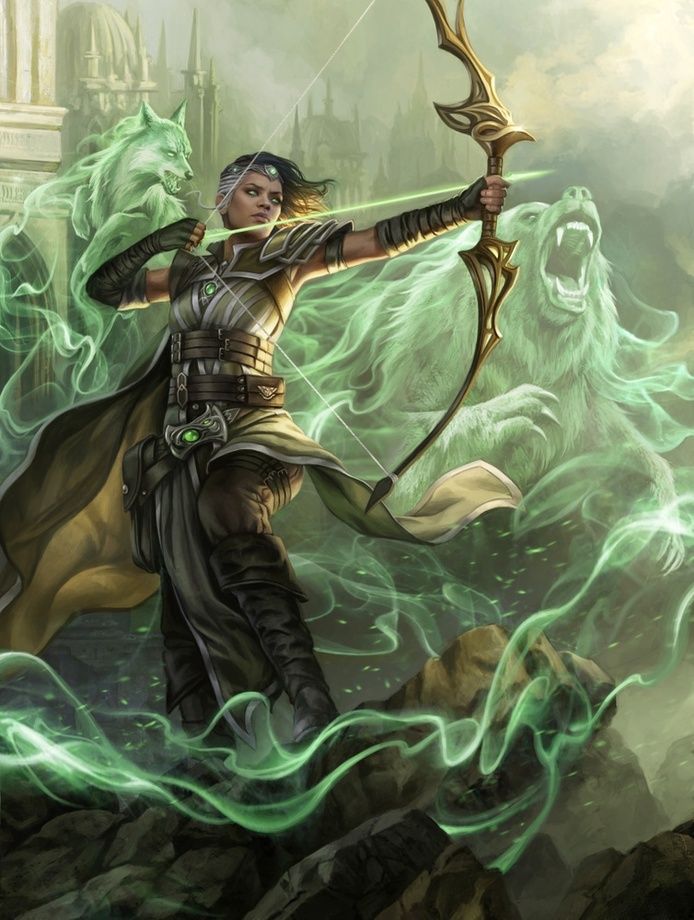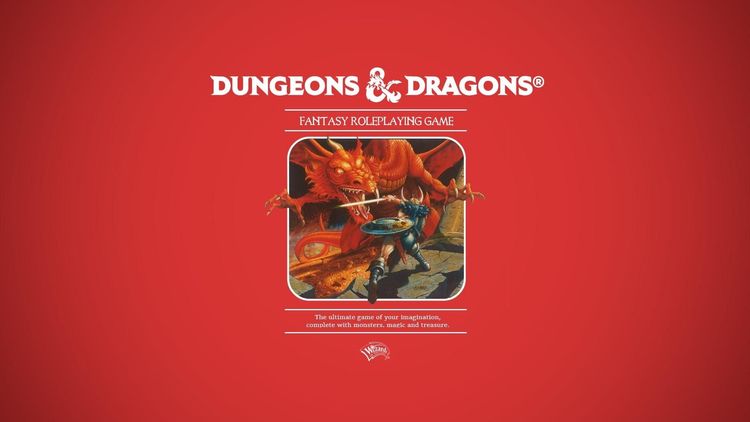Build a better Ranger

The Ranger first appeared in Advanced Dungeons & Dragons™ Players Handbook (1e) in 1978. The class was essentially a Fighter with a tracking, awareness and ambush (surprise), and a bonus damage when fighting "Giant Class" creatures.
Eventually the ranger got a few Druid spells (from 8th level) and a few Magic User spells (from 9th level). By 2e the arcane spells were gone, and divine spells were firmly rooted to the nature domains.
That said, conceptually the Ranger class has always been first and foremost a martial character.
In 5e the Ranger had a big change in becoming what is now called a half-caster, similar to the Paladin, but the big difference was that the Ranger missed the mark! And sadly, the patches in Xanathar's and Tasha's make the class more of a complex mess than good design.
Even with all the hacks, the class still fails to meet expectations. It isn't a mobile fighter concept - e.g. Dritzz, fighting with two scimitars; it isn't a Giant Hunter like in previous editions; and it isn't unique in being able to stalk a target.
With those failings in mind let's design a better Ranger.
The Ranger is a more versatile martial
The basics of a Ranger are well aligned to being a martial character: d10 Hit Dice, Strength and Dexterity Saves, and proficiency in light and medium armor and shields, with simple and martial weapons proficiencies.
This is mostly good, except for Saving Throw proficiencies. Unlike most other classes a Ranger has a real choice between a dexterity fighter and a strength fighter. Coupled with notion that Ranger's are enduring survivalists - hardy and tough - and with spellcasting centered on Wisdom, it quickly gives rise to the challenge of having a character with multiple ability dependency (aka MAD).
We can help fix that here by extending on the 4th level (optional) Martial Versatility feature added in Tasha's; and make it included on the base class. Extending on Martial Versatility also puts it at 4th level which is where the character class does need to start leaning into its spellcasting as a means to supplement its performance. And rather than just giving extra saving throw proficiency, asking the player to make a choice helps streamline character concept too.
Martial Versatility. Whenever you reach a level in this class that grants the Ability Score Improvement feature, you can replace a fighting style you know with another fighting style available to rangers. This replacement represents a shift of focus in your martial practice.
Additionally, you can change one of your saving throw proficiencies. The chosen saving throw can be Strength, Dexterity, Constitution, or Wisdom.
Ranger's Mark
The Ranger has traditionally had a feature called Favored Foe that allows it to hit hard against humanoids. The 5e version called Favored Enemy was a ribbon feature and delivered none of the heavy hitting. I suspect this was moved into the Hunter's Mark spell, but having to use spell slots for essential class features seems like a rip off. The rest of Favored Enemy falls flat too, as languages are a loss, exploration skills are ribbons, and intelligence checks are just never done by player or liked by DM.
The fix I propose is to let feature be useful in both exploration and combat, but limit it to Humanoids and Beasts to start. Most low level marauders of the realm are humanoids (orc, goblins, kobolds, bandits, ogres); and having favorable treatment to hunt beasts fits in well too.
Also, it makes sense to me that the Ranger is expert in investigating and tracking those they mark.
Ranger's Mark. If you observe a humanoid or beast for 1 minute, or observe them briefly but can examine the area you saw them for 1 minute, you can choose to mark that creature.
Alternatively, on your turn in combat if you hit a humanoid or beast with a weapon attack you can also choose to mark that creature. You can mark a creature in combat this way a number of times equal to your proficiency bonus, and you regain all expended uses when you finish a long rest.
While you maintain your mark you:
- can use your Wisdom ability for Investigation skill tests that involve the marked creature.
- get advantage on Perception, Investigation, and Survival skill tests that involve the marked creature.
- get advantage to initiative rolls when fighting against the marked creature.
- can add your ranger proficiency bonus to your weapon damage when you hit the marked creature.
You can have only one marked creature at a time. If you mark a new creature, previous marks are dropped (cancelled).
Your mark also drops if you cast a spell that requires concentration, you become incapacitated, or you take a long rest. You can also choose to release your mark at any time, no action required.
Comments
Marking a creature in combat is a limited resource, so hopefully this feature encourages the ranger to get eyes on their target first.
The non-combat investigation and tracking boost encourages lead-in and fictional positioning - by this I mean: setting the scene, placing the player character and placing the marked target. It also works for both the urban bounty hunter and the traditional wilderness warrior.
During combat Ranger's mark gives a semi-reliable bump to DPR without being Hunter's Mark dependent, and it scales well. Also note the wording regarding concentration - it means that your ranger drops a mark if they cast another concentration spell but a mark doesn't require concentration. This is by design to help the melee based ranger as they are likely to take damage considerably more often.
Extended Ranger's Mark. At 6th Level, you gain additional creature types for Ranger's Mark.
Extended Ranger's Mark
| Hunter | Giants, Dragons, Monstrosities |
| Beast Master | Giants, Monstrosities |
| Gloom Stalker | Aberrations, Monstrosities |
| Horizon Walker | Fey, Fiends, Elementals, Celestials, Constructs |
| Monster Hunter | Aberrations, Dragons, Fey, Fiends, Giants, Monstrosities, Undead |
| Fey Wanderer | Fey, Fiends, Undead |
| Swarm Keeper | Elementals, Constructs, Fey, Undead |
| Drake Warden | Aberrations, Celestials, Dragons, Giants, Monstrosities |
At 14th level, when you hit a creature that is the target of your Ranger's Mark you double the weapon damage dice.
Comments
The design approach here is to deliberately remove the complexity of choice from the player and align the extended creature types for Ranger's Mark to each Ranger Archetype. Also, putting the extension at 6th level - just when the characters start encountering a much broader set of creatures - makes for a timely reward.

Natural Explorer. At 1st level, you learn to attune to your terrain, blend with its shapes and forms, and move easily within it.
Once per long rest you can attempt to attune to your terrain. Terrain types include: arctic, coastal, desert, forest, grassland, jungle, mountain, swamp, seas, underdark, urban, and undersea. If you succeed at a Wisdom DC 12 d20 Check you are attuned to the terrain.
When attuned terrain to the surrounding terrain type:
- you can add your Wisdom modifier to Nature, Stealth, and Survival d20 Checks.
- you can add your Wisdom modifier to your initiative
- you can attempt to hide on your turn if lightly obscured, and if you make a ranged weapon attack when hidden and miss, you remain hidden.
- difficult terrain costs are reduced by 1 foot per foot.
Your attunement to a terrain drops if you leave the terrain for 8 hours, succeed at attuning to another terrain, or willingly drop your attunement (no action required).
Comments
For a better Ranger, Natural Explorer is needed to be much better than the PHB version and the Tasha's hack. The PHB version is very narrow is scope and compounded by being focused on the rarely used exploration pillar. The Tasha's hack is a very broad skill bump without any flavor. Hence, here I take the design intent of the PHB version, keep it flavorful, but also make it relevant to how many rangers like to play and fight.
Essentially, this feature is a broad boost to some specific skills (Survival, Nature, and Stealth) when in the terrain, and a specific boost to combat for initiative, hiding, and movement.
The difficult terrain boost importantly avoids the temptation to give the ranger climbing and swimming speeds - which are way to powerful. A 6th level ranger shouldn't have an always on swim speed - that's what their magic is for. And a climbing speed means all the climbing skill checks become moot - which is not much fun either.
Now with the core class features redefined I suggest we clean house on most of the junk that is littered throughout the class.
Remove: Favored Enemy, Favored Foe, Deft Explorer, Primeval Awareness, Favored Enemy improvements, Natural Explorer improvements, Deft Explorer improvements, Land's Stride, Hide in Plain Sight.
Keep: Primal Awareness, Martial Versatility, Extra Attack, ASI's, Nature's Veil, Vanish, Feral Senses (with 30ft range in attuned terrain).
And we need a better cap stone, so I suggest something like:
Foe Slayer. At 20th level, you can add your Wisdom modifier to hit and to damage for all your weapon attacks.
Additionally, once on your turn when you hit a creature who is also the target of your Ranger's Mark you can entangle and bind them with primal energy. The target must make a Wisdom save vs your spellcasting save DC or be restrained for 1 minute. At the start of each of your turns the target takes 5d10 force damage but immediately after can attempt another Wisdom save vs your spellcasting DC, a successful saving throw breaks the effect.
The primal energy is raw energy from the dawn of time - it ignores magic resistance of targets, and is unaffected by anti-magic effects (dispel magic, anti magic field).
You can use this ability a number of times equal to your Wisdom modifier, and you regain all expended uses when you finish a long rest.

Just before I conclude on this, there is a serious omission that still looms - two weapon fighting. Until this is fixed, it will be difficult to build the Dritzz character.
Without delving into to much detail here, I think the core rules should updated for two weapon fighting.
Two-weapon fighting. When you wield light weapons in both hands or a finesse weapon in your primary hand and light weapon in your secondary hand, you can attack using two weapon fighting. Doing so gives you advantage to hit. If you roll an even number on your attack roll your primary weapon hits, an odd number means your secondary weapon hits.
Two-weapon fighting with non-light weapons means your attacks are at disadvantage.
Two-weapon fighting style. When attacking using two-weapon fighting you can wield any one-handed melee weapons that don't have the either the two-handed or special property.
And this leads on to entirely getting rid of bonus action attacks in the game, and getting rid of bonus actions entirely. But that is a post for another day...
Hope you enjoyed this design exercise.
Have a great day.



